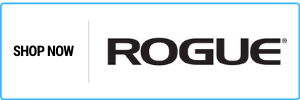Curious about the difference between powerlifting and Olympic barbells? Here’s a detailed look at what you need to know.
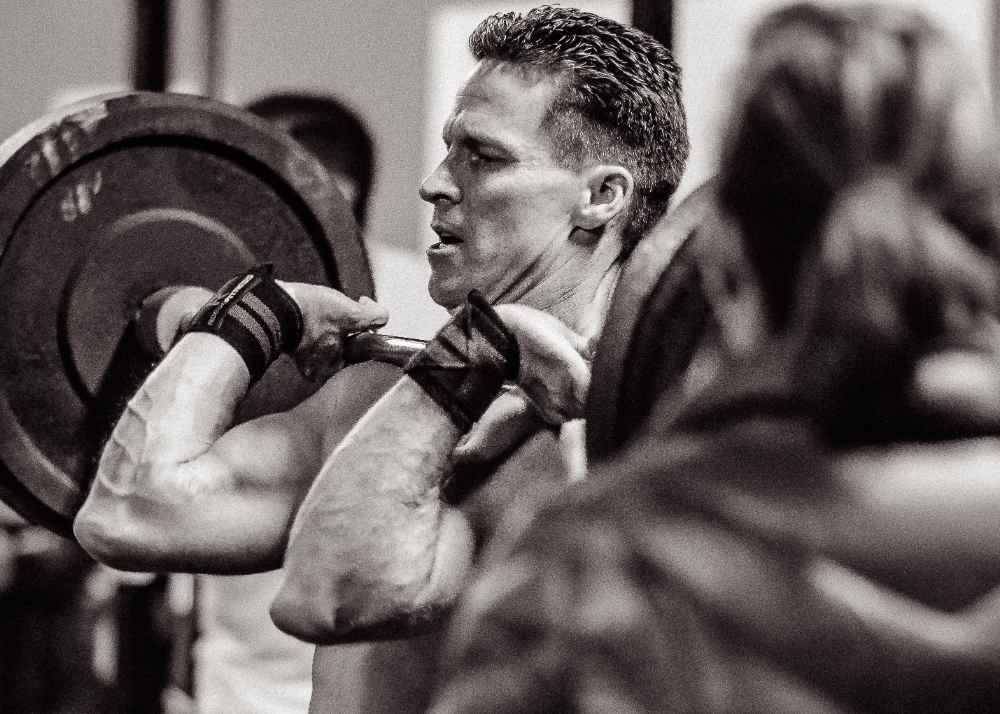
The barbell is a huge part of your lifting sessions.
We load it up, lift it up, put it down. Over and over again, sometimes slow, sometimes fast, but it’s always there, ready to take on your 1MRs, your drop sets, your overhead drops.
But barbells are not built the same.
Even though they look similar—a bunch of steel coated with chrome or oxide or phosphate, some knurling, and sleeves for all of your weight plates—the function differs.
Here’s a quick breakdown of the difference between Olympic barbells and powerlifting barbells.
Olympic barbells vs Powerlifting barbells
First, it’s best to understand the desired outcome of each kind of barbell.
Olympic barbells are designed primarily for explosive and dynamic lifts.
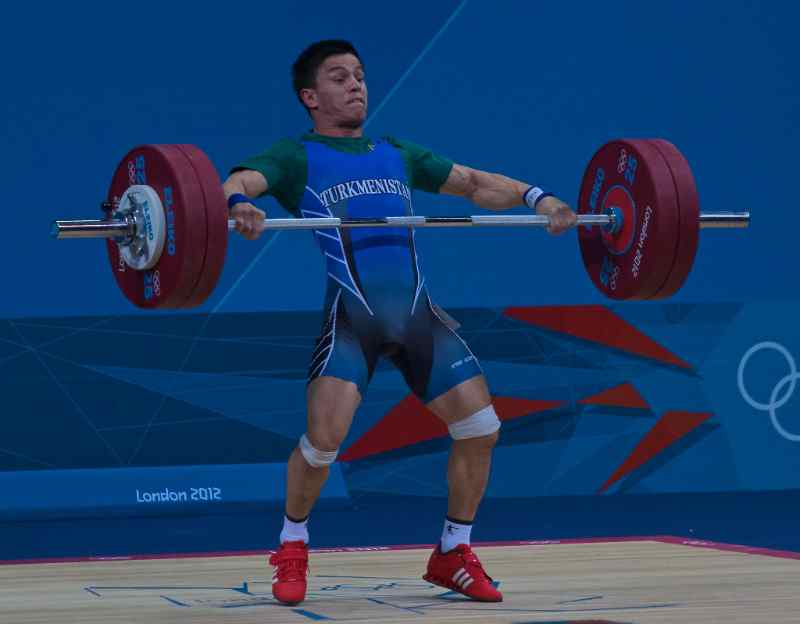
Namely, the two Olympic weightlifting lifts—the clean and jerk and the snatch. These are the lifts you see at the—you guessed it—the Olympics. These lifts are a raw demonstration of explosiveness and power.
The bar and the weight move fast, and Olympic barbells have features that help athletes accomplish this goal.
Powerlifting barbells are designed to take on a metric butt-ton of weight.
We are talking pure strength. Powerlifting’s big three are the squat, deadlift, and bench press.
Powerlifting isn’t so much about moving the bar fast as it is about moving the bar with as much weight as possible. So as you can imagine, powerlifting barbells are all about helping lifters load up a maximal amount of weight onto the bar.
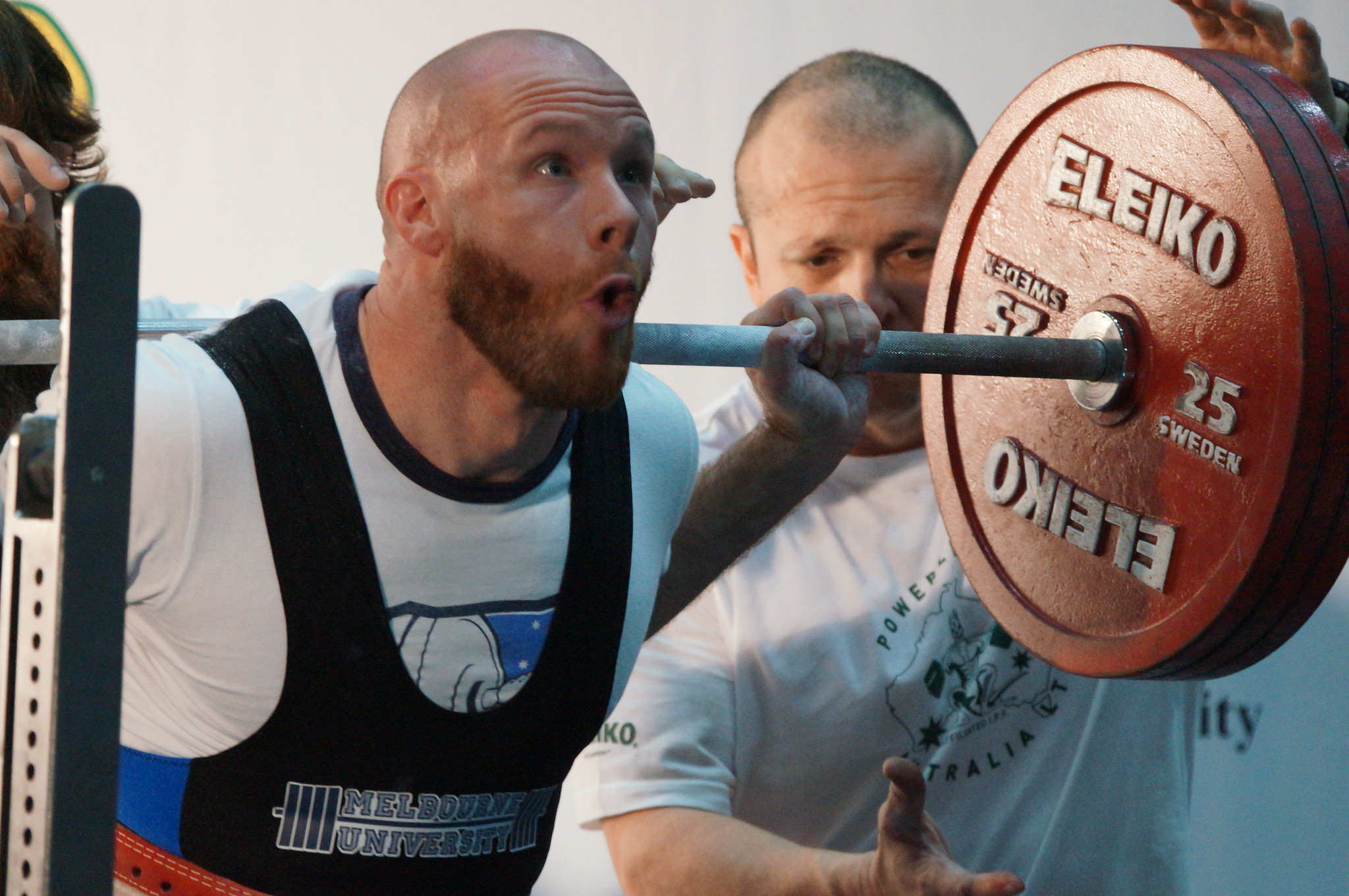
Choosing a barbell for your workouts depends on the goals you have in the gym.
Put simply:
- Fast, explosive lifts = Olympic barbells
- Heavy, slower lifts = Powerlifting bars
Getting into the details
So what are the things that separate Olympic barbells from powerlifting bars?
Here’s a more detailed look at the difference between the two so that you can pick the right barbell for your workouts.
Sizing.
Olympic barbells have standard weights for men (20kg) and women (15kg). Olympic bars also tend to be a little thinner (28mm), which gives them some flex (which we will discuss next). It also makes them easier to hold onto while you are throwing weight around like a gangster.
Powerlifting bars have a shaft that is thicker (29-32mm). This added thickness makes them less than ideal for power movements that require a secure grip on the bar. Width of the bar doesn’t vary too much, with both being in the 7-foot range.
Flex or whip.
Ever notice how some barbells have a little flex when you are doing heavy lifts? This isn’t an accident. Olympic barbells purposely have more flex or whip. This little amount of elastic energy helps “bounce” a lifter through each part of a lift. Powerlifting barbells are much stiffer in order to be able to take on more weight.
Strength of the bar.
Companies that make barbells will often talk about how much weight you can load onto a barbell. This number is more marketing than anything. The number you want to examine is the tensile strength of the bar. Measured in PSI (pounds per square inch), this is the strength of the steel in the barbell.
Quality power bars are in the 190,000+ PSI range. The steel needs to be strong as hell to withstand getting dropped on the floor during deadlifts and racked during heavy squats and benches.
See also: 5 Best Weightlifting Chains for Faster and Stronger Lifts
Similarly, Olympic barbells need to be tough to handle getting dropped on the floor. The best ones on the market have a tensile strength of 200,000+ PSI.
Knurling.
The knurling on the barbell helps secure your hands on the bar when lifting. The depth and aggressiveness on the knurling can vary widely. Powerlifting bars lean towards a deeper knurl, which is ideal for those 1RM attempts. Eleiko’s IPF Powerlifting Competition Bar, for example, has one of the deepest knurls on the market.
Olympic bars usually do not have a center knurl while power bars do. For athletes and gym-goers who do a lot of cleans, a center knurl is probably unnecessary as you will be road-rashing your chest and neck with the bar’s knurling during sets. A center knurl is ideal for powerlifters, as it helps keep the barbell in place when doing heavy squats.
Spin.
The sleeves on Olympic barbells are designed to spin smoothly and easily. This helps the lifter adjust grip while performing dynamic lifts. Olympic bars usually have either a needle bearing (the pricier option) or bushings (more affordable) that help the sleeve spin so that you can safely get under the bar.
While some powerlifting bars have sleeves that spin, it’s generally not as aggressive (or necessary).
Choosing the right barbell for your goals
I’ve written detailed guides on both the best powerlifting barbells and the top Olympic barbells for training and competition.
Ultimately, your barbell of choice comes down to what you’re doing in the gym.
Here are some of my favorites.
Rogue Ohio Power Bar
Rogue makes some of the best lifting equipment on the planet. Readers of the blog know that I gush over their stuff, whether it’s Rogue’s dumbbells, kettlebells, or the Echo bike. Rogue makes stuff that athletes love and that lasts.
The Rogue Ohio Power Barbell is a perfect example of this and is my favorite all-purpose barbell that works for most lifters.
It has a 29mm shaft that is strong (205,000 PSI), is available in a variety of different finishes (black oxide, Cerakote etc), and it’s priced affordably, at around $300.
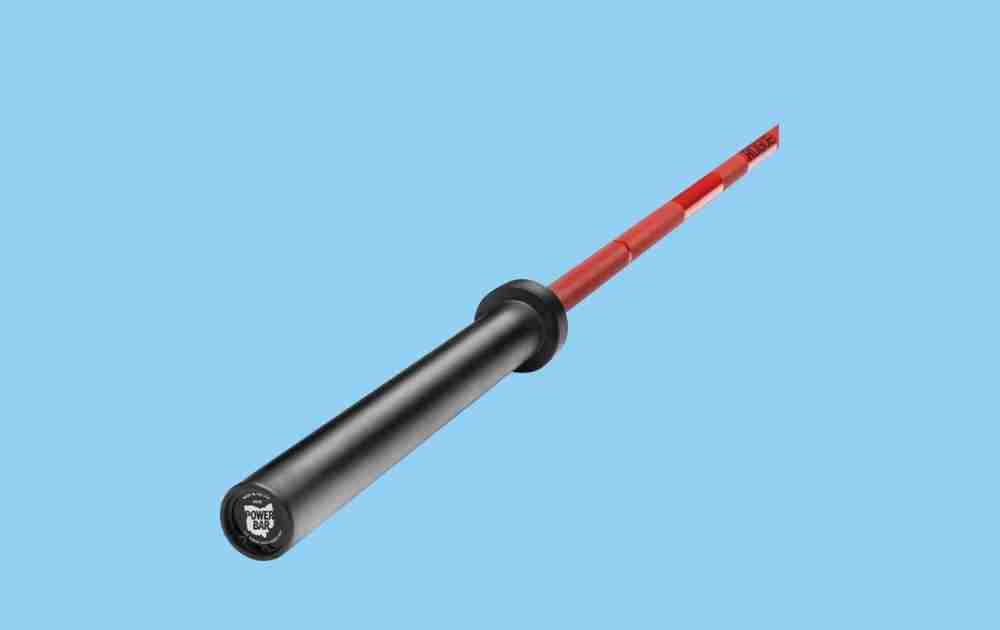
Rogue Olympic WL Barbell
Premium Olympic barbells can get very pricey. Eleiko, for example, one of the premium names in weightlifting gear, whether it’s competition bumper plates or bars, has an IWF-certified barbell that is over $1,000. (Ouch.)
Fortunately, Rogue makes an Olympic barbell that is super tough and has a generous amount of flex for your explosive lifts (and at about half the price).
Key features of the Rogue Olympic WL Barbell are a 28mm shaft thickness, over 16” of loadable sleeve length, a tensile strength of 215,000 PSI, and a price point that is in the $500 range.
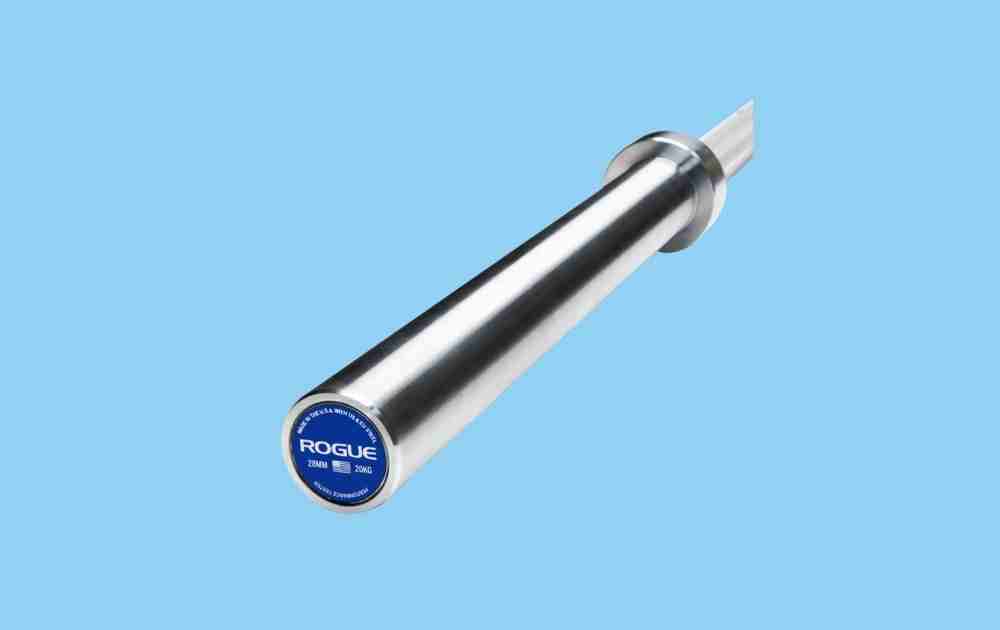
Recommended Reading
5 Best Rogue Fitness Barbells. Here’s a detailed look at the best bars that Rogue has to offer for home and garage gym enthusiasts.
5 Best Women’s Olympic Barbells. The right Olympic bar can make or break your workout. Here’s a full look at the best women’s Olympic barbells on the market today.
